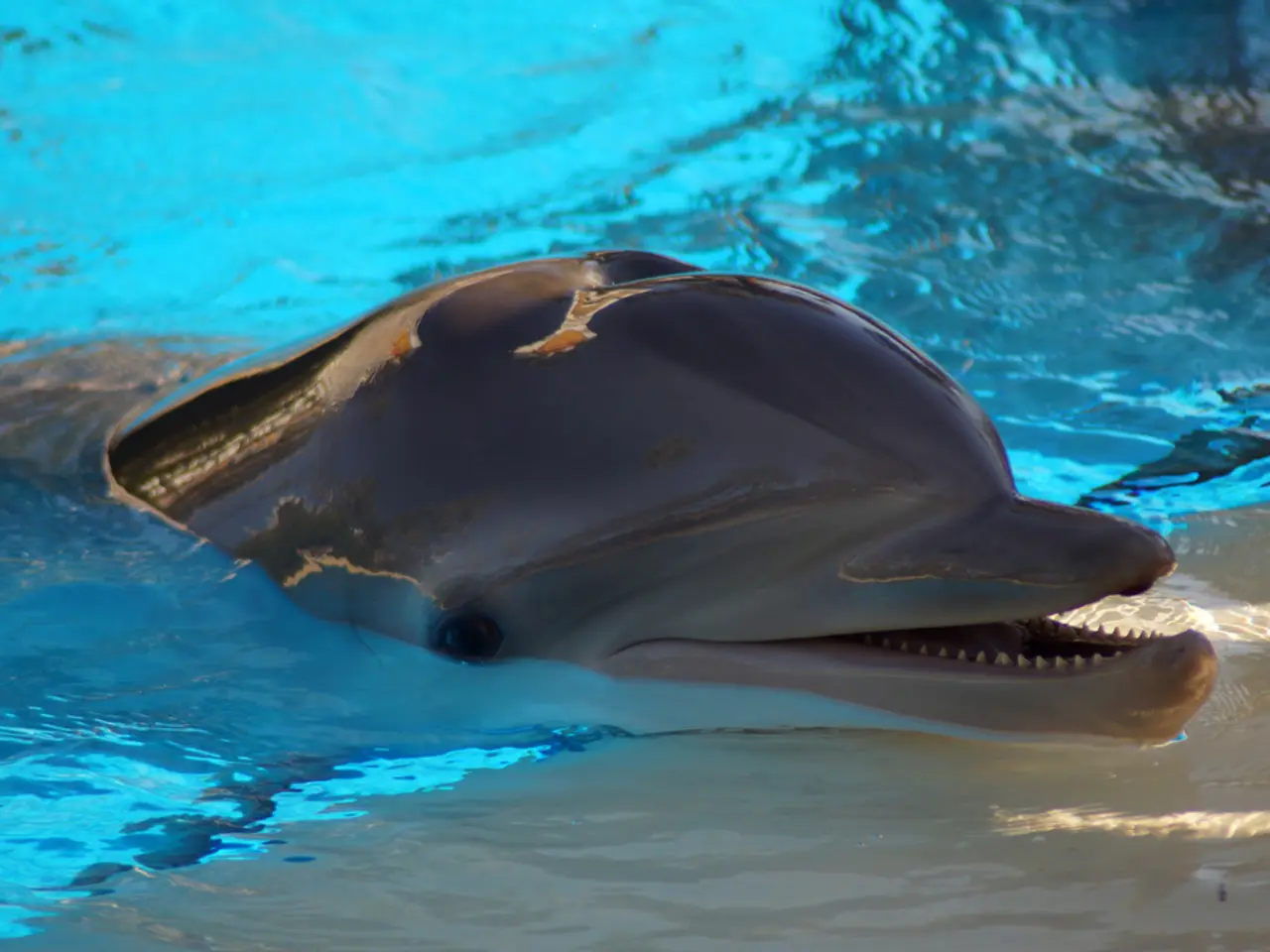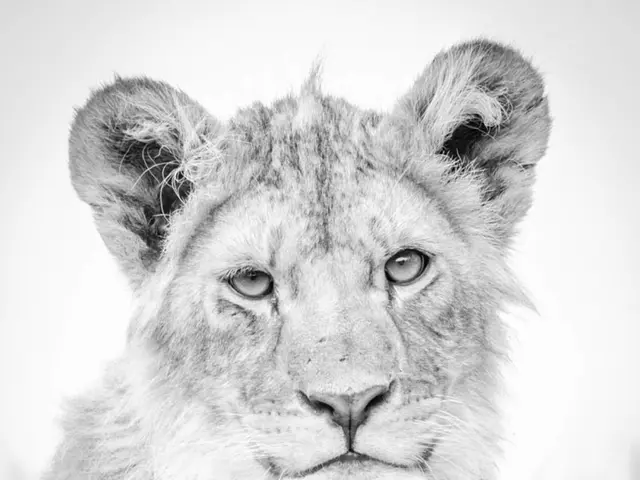Orcas Engage in Unusual Behavior: Tongue-Nibbling Display in the Depths
In a groundbreaking discovery, researchers from the University of Iceland and the University of Oslo have documented the first instance of tongue nibbling, a rare social behaviour, in wild orcas near Norway. This behaviour, which resembles "French kissing," was previously only observed in captive orcas [1][2][3][4].
Tongue nibbling is a gentle, face-to-face oral contact that lasts up to nearly two minutes and is believed to serve as a means of strengthening social bonds, particularly among younger, non-reproductive orcas. Scientists interpret this behaviour as part of an innate social repertoire rather than a reaction to captivity, stress, or boredom, indicating its natural and evolutionarily conserved social function across generations and geographic regions [1][2].
The researchers suggest that tongue nibbling helps reinforce social connections within orca communities, much like similar oral-tactile behaviours found in other toothed whales like belugas. This behaviour could potentially play a role in social development and cohesion among juvenile orcas not yet engaged in reproductive or hierarchical conflicts [1][2].
The study's findings have significant implications for the conservation and management of wild orca populations. The exact function of tongue nibbling remains unclear, but it could reinforce trust, signal pair bonds, or help resolve social tension [1][2]. The discovery underscores the importance of observing orcas both in the wild and in managed care settings, as captivity can provide opportunities to study rare behaviours under controlled conditions, but confirming these behaviours occur naturally validates their biological importance [1][3].
The new study, published in the journal Current Biology, found that tongue nibbling occurred more frequently among male orcas than females. The behaviour was also more common in the presence of aggressive behaviour. The researchers call for further long-term studies on the behaviour of wild orcas to better understand its function and significance [1][3].
The footage of the tongue nibbling interactions was recorded in Norway's Kvænangen fjords by citizen scientists in October 2024. The discovery of tongue nibbling in wild orcas adds a tender new layer to our understanding of their social complexity. Comparable oral interactions have been observed in belugas, suggesting a broader cetacean communication strategy [1][2].
The study's findings support the idea that tongue nibbling is a conserved behaviour across genetically distinct populations of orcas. Tongue nibbling was first recorded in captive orcas in 1978 and again in 2013 at Loro Parque in Spain. The new wild observation confirms that tongue nibbling is not exclusive to managed care and may be conserved across various populations [1][2].
This research underscores the importance of responsible wildlife tourism and citizen science in uncovering hidden aspects of marine mammal sociality. The study's findings could potentially lead to a better understanding of orca behaviour and aid in their conservation efforts.
- In the realm of health-and-wellness, the discovery of tongue nibbling in wild orcas signifies a unique approach to strengthening social bonds, a practice reminiscent of human activities like yoga and meditation.
- Science, particularly environmental-science, has expanded our understanding of the complex social behaviors of orcas, shedding light on their similarities with other toothed whales and contributing to the field of wildlife research.
- Fitness-and-exercise enthusiasts may find parallels in the emphasis on social connections in the lives of orcas, workplace wellness initiatives often promote camaraderie to enhance employee satisfaction and productivity.
- Mental-health professionals could study the role of tongue nibbling in reinforcing trust and resolving social tension among orcas to develop effective strategies for repairing human relationships.
- The food-and-drink industry could explore the potential impact of nutrition on social behaviors among orcas, as proper nutrition has been shown to influence human interactions and mental health.
- The fashion-and-beauty industry might consider the awe-inspiring beauty of the wild orcas exhibiting tongue nibbling, inspiring new design aesthetics that incorporate marine life and wilderness motifs.
- Home-and-garden designers could create immersive spaces that mimic the natural habitats of orcas and other marine life, evoking a sense of peace and connection to nature similar to that observed in these social orca interactions.
- The expanding field of space-and-astronomy offers a stark contrast to the intimacy of tongue nibbling amongst orcas, yet both researchers and citizen scientists alike continue to explore uncharted territories – pushing the boundaries of our knowledge and understanding of the universe and life within it.




